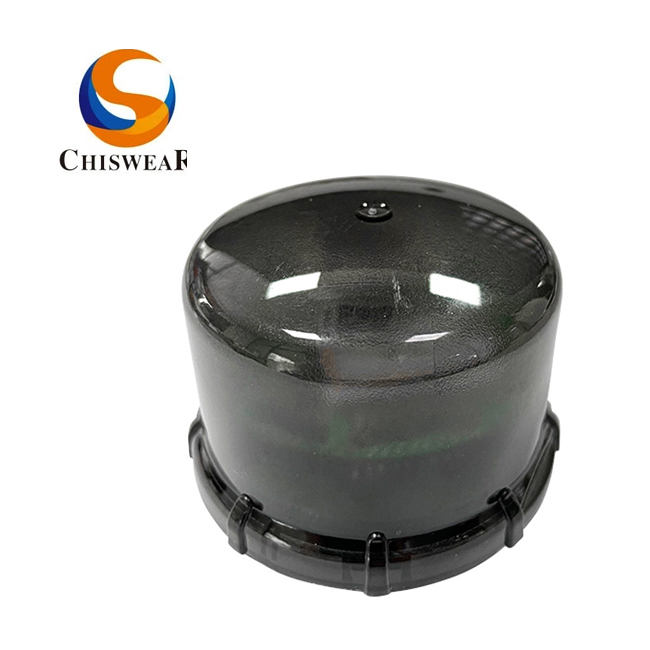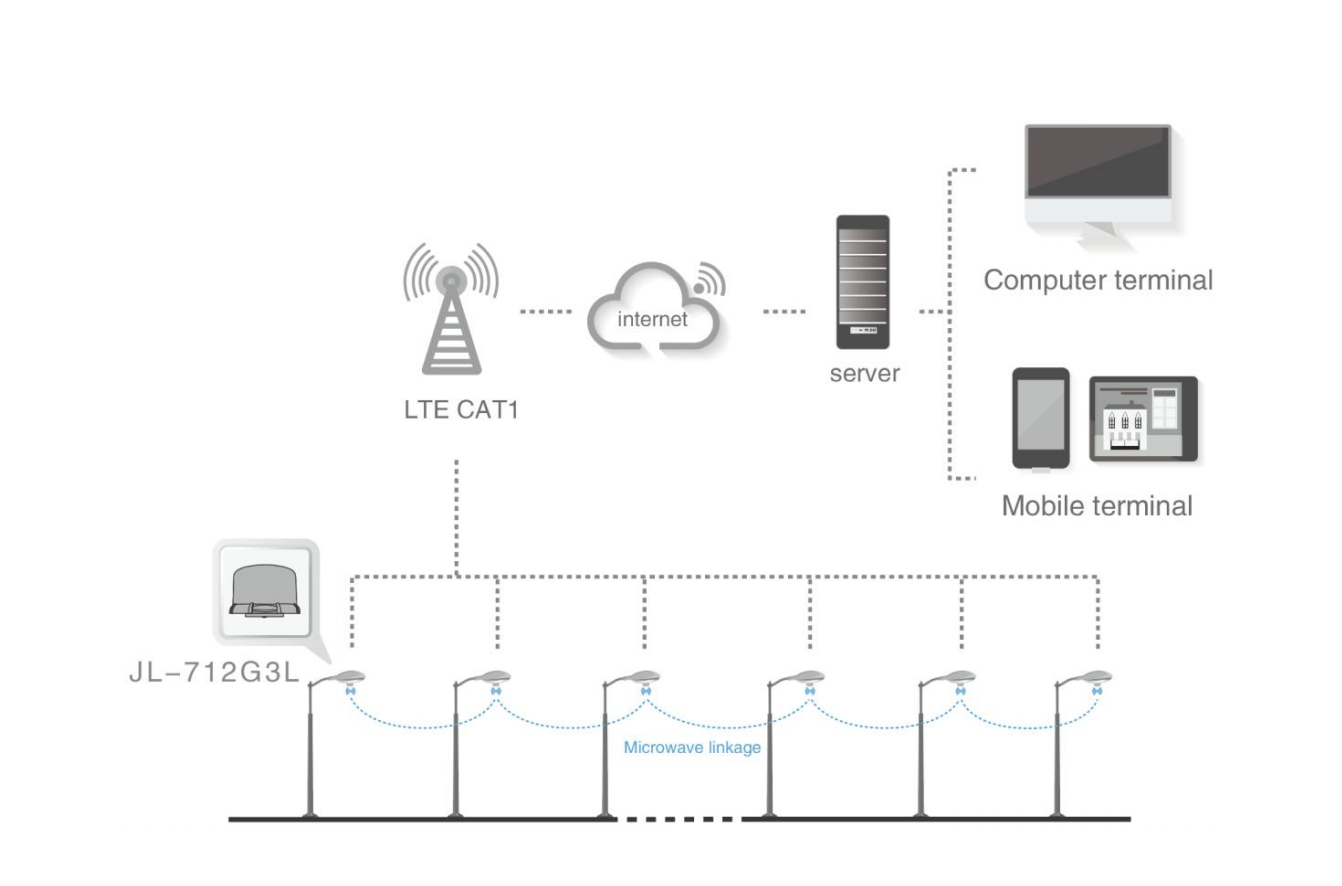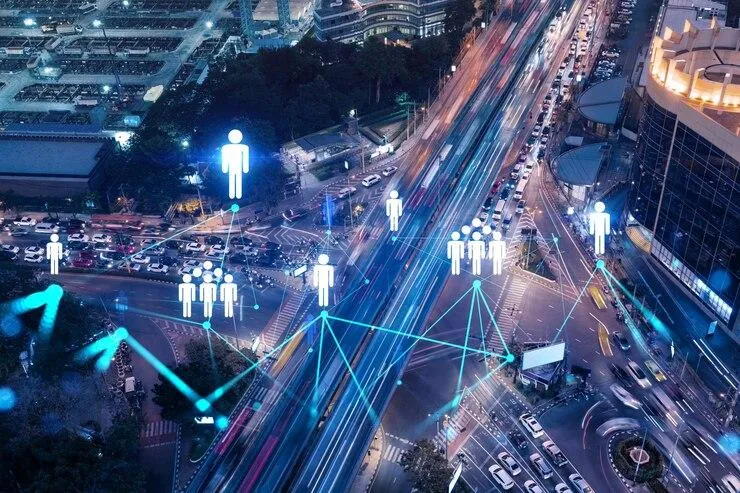Smart lighting has become a cornerstone of modern infrastructure, transforming how cities, industries, and households manage energy. Its evolution aligns with the demand for sustainability, real-time data control, and cost efficiency. Emerging technologies like IoT and advanced wireless communication protocols drive these advancements, enabling seamless integration and intelligent operation.
At the forefront of this innovation is the JL-712G3L photocontroller. Equipped with LTE CAT1 technology, it ensures efficient data transmission, stable performance, and enhanced adaptability. Features like the Sub-G dual protocol ensure reliable operation even during network disruptions, making it a versatile solution for complex environments.
This article explores the role of wireless protocols in smart lighting, the technical strengths of the JL-712G3L light photocell, and its real-world applications.
Comparison of Wireless Communication Protocols
Smart lighting is making its mark in modern cities. Along with advanced LED technology, the wireless protocols are the primary driver behind the new change. A wireless protocol enables different luminaires to be operated in such a way as to make them more cost-effective, energy-efficient, and sustainable.
However, each protocol has its own set of advantages and disadvantages. In the table below, there is a detailed comparison of 4 most common protocols that serve the purpose:
| Protocol | Frequency Band | Data Rate | Range | Power Consumption | Network Topology | Suitable Applications |
| NB-IoT | Licensed spectrum (e.g., 700-2100 MHz) | Up to 250 kbps | Up to 15 km | Low | Star | Wide-area coverage, low data rate applications, such as smart metering and environmental monitoring. |
| Zigbee | 2.4 GHz (global), 868 MHz (Europe), 915 MHz (USA) | 20-250 kbps | 10-100 meters (extendable with mesh) | Low | Mesh | Home automation, industrial control, and smart lighting within buildings. |
| WiFi | 2.4 GHz, 5 GHz | Up to 9.6 Gbps (WiFi 6) | Up to 100 meters | High | Star | Mostly applicable in high data rate applications, i.e., video streaming and internet browsing. Not likely to be common in smart lighting due to power consumption. |
| LoRa | Unlicensed spectrum e.g., 868 MHz in Europe, 915 MHz in the USA | 0.3-50 kbps | Up to 15 km | Very Low | Star | Long-range, low-power applications like smart agriculture and remote sensor networks. |
Detailed Analysis of LTE CAT1
LTE Cat 1 is a type of 4G technology designed specifically for IoT applications. It gives a medium data transfer speed, which allows it to connect and work well for a variety of equipment needing connectivity without the high power consumption of faster LTE categories.
Below discussed are its details.
Features
- Data Rate: It supports a speed of up to 10 Mbps at downlink and 5 Mbps at uplink. This makes it exceptionally compatible with applications requiring moderate data throughput.
- Frequency Bands: Operates on existing LTE networks, utilizing licensed spectrum. Simply put, this is a guarantee for reliable and secure transfer of communications.
- Mobility Support: Provides seamless handover between cell towers, maintaining stable connections for mobile or geographically dispersed devices.
- Network Availability: Capitalizes on extensive LTE infrastructure, providing very wide coverage without requiring more gateways or infrastructure investments.
- Quality of Service (QoS): Guarantees prioritized data transmission with low latency, an aspect essential in applications sensitive to time, such as real monitoring and control.
- Security: It takes advantage of the well-known and established security protocols on LTE, involving encryption and authentication mechanisms, safeguarding data integrity and privacy.
- Power Consumption: Higher than LPWAN technologies like NB-IoT and LoRa, which may reduce battery life in power-sensitive applications.
- Cost: Involves ongoing operational expenses due to SIM card requirements and subscription fees, potentially increasing the total cost of ownership.
- Hardware Complexity: Devices require more complex and potentially more expensive radio modules compared to simpler LPWAN technologies.
Advantages
Disadvantages
In summary, LTE CAT1 offers a balanced solution for IoT applications that demand moderate data rates and reliable connectivity, making it suitable for smart lighting systems requiring real-time control and monitoring over wide areas.
Technical Highlights of the JL-712G3L Photocell
The JL-712G3L light photocell is a sophisticated device designed to enhance smart lighting systems through advanced communication technologies and intelligent control mechanisms.
Let’s delve into its key technical features:
Leveraging LTE CAT1 for Efficient Data Transmission and Stable Linkage Control
The JL-712G3L photosensor utilizes LTE CAT1 communication within the 12–24V DC voltage range to facilitate reliable and efficient data transmission. This integration enables real-time monitoring and control of lighting systems over extensive areas without additional infrastructure. By leveraging existing LTE networks, the device ensures stable connectivity, which is crucial for applications requiring consistent performance.
The LTE CAT1 module-supported data rates accommodate the moderate data throughput necessary for smart lighting applications. This capability allows for seamless integration with central management systems, enabling functionalities such as remote configuration, status monitoring, and fault diagnostics.
Additionally, the device’s support for MQTT network protocols facilitates efficient data communication, enhancing the overall responsiveness of the lighting control system.
Importance of Sub-G Dual Protocol in Ensuring Local Wireless Linkage During Network Outages
In scenarios where the primary LTE network connection is disrupted, the JL-712G3L’s Sub-G dual protocol serves as a critical fallback mechanism. Operating in the sub-GHz frequency bands, this protocol enables local wireless communication between devices within a range of up to 1 kilometer.
This local linkage ensures that essential lighting control functions continue uninterrupted, maintaining safety and operational efficiency even during network outages.
The Sub-G protocol’s low power consumption and robust signal propagation characteristics make it well-suited for maintaining intra-network communication among lighting controllers. This redundancy not only enhances system reliability but also provides a seamless user experience by preventing disruptions in lighting services.
Moreover, the device’s ability to support local wireless linkage functions during network outages underscores its design emphasis on resilience and continuous operation.
Application Scenario Analysis
Smart lighting systems rely on various wireless communication protocols. Before going for their application scenarios, various protocols, in terms of their adaptability and limitations, are discussed below.
| Protocol | Adaptability | Limitations |
| Wi-Fi | Offers high data rates, making it suitable for applications requiring substantial data transmission. | High power consumption and limited scalability in large-scale deployments can be a potential drawback. |
| Bluetooth Low Energy (BLE) | Its lower power consumption at medium data rates is suitable for short-range communication. | Limited range and potential interference in environments with multiple devices. |
| Zigbee | Supports mesh networking, enhancing range and reliability in smart lighting systems. | Lower data rates and potential compatibility issues with devices from different manufacturers. |
| LoRa | Its low power consumption and long-range communications ability make it ideal for wide-area networks. | The slow data rates make it ineligible for applications seeking real-time transmissions. |
| NB-IoT | Operates over existing cellular networks, offering extensive coverage and low power consumption. | Limited data rates and higher latency compared to other protocols. |
Applicability of the JL-712G3L Light Sensor
- Wide-Area Coverage: By utilizing existing LTE networks, the JL-712G3L ensures extensive coverage without additional infrastructure, making it suitable for large-scale deployments.
- Real-Time Data Transmission: LTE CAT1 supports moderate data rates with low latency, enabling real-time monitoring and control of lighting systems, which is essential for applications requiring immediate responsiveness.
- Reliability: The integration of Sub-G dual protocol ensures local wireless linkage during network outages, maintaining continuous operation and enhancing system resilience.
In summary, the JL-712G3L light sensor‘s combination of LTE CAT1 and Sub-G dual protocol technologies makes it a versatile solution for smart lighting systems, particularly in scenarios requiring wide-area coverage and real-time data transmission.
Final Words
The JL-712G3L photosensor, powered by LTE CAT1 and Sub-G dual protocol, exemplifies the future of smart lighting with its efficient data transmission, stable control, and adaptability to diverse environments. For those seeking reliable, cutting-edge solutions, Chi-Swear stands out as a trusted supplier, ensuring premium quality and seamless integration for your smart lighting needs.
External Links
- https://en.wikipedia.org/wiki/Narrowband_IoT
- https://en.wikipedia.org/wiki/Zigbee
- https://en.wikipedia.org/wiki/LoRa
- https://www.emnify.com/iot-glossary/lte-cat-1
- https://www.iot.daviteq.com/post/what-is-sub-ghz-wireless-communication
- https://en.wikipedia.org/wiki/Bluetooth_Low_Energy
Post time: Jan-14-2025


